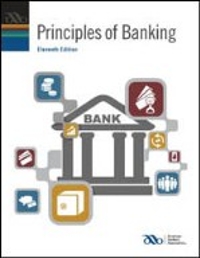Retirement planning Personal Finance Problem Hal Thomas, a 35-year-old college graduate, wishes to retire at age 65. To supplement other sources of retirement income, he can deposit $2,000 each year into a tax-deferred individual retirement arrangement (RA). The IRA will earn a return of 11% over the next 30 years, a. It Hal makes end of year $2.000 deposits into the IRA, how much will he have accumulated in 30 years when he turns 65? b. If Hal decides to wait until age 45 to begin making end of year $2,000 deposits into the IRA, how much will he have accumulated when he retires 20 years later? c. Using your findings in parts a and b, discuss the impact of delaying deposits into the IRA for 10 years (age 35 to age 45) on the amount accumulated by the end of d. Rework parts a, b, and c assuming that Hal makes all deposits at the beginning, rather than the end of each year. Discuss the effect of beginning of year deposits on the future value accumulated by the end of Hal's 65th year, a. It hal makes an uw end of year $2,000 deposits into the IRA, the amount he will have accumulated by the end of his 65th year is $. (Round to the nearest cont.) b. If Hal decides to wait until age 45 to begin making annual end of year $2,000 deposits into the IRA, the amount he will have accumulated by the end of his 65th year is $). (Round to the nearest cent) c. Using your findings in parts a and b, which of the following options better describes the impact of delaying making deposits into the IRA for 10 years (age 35 to ago 45) on the amount accumulated by the end of Hall's 6th year? (Select the best answer below) d. 14 Hal makes annual beginning of year $2,000 deposits into the IRA, the amount he will have accumulated by the end of his 65th year is $. (Round to the nearest cent.) If Hal decides to wait until age 45 to begin maling annual beginning-of-year $2,000 deposits into the IRA, the amount he will have accumulated by the end of his 65th year is $. (Round to the nearest cent.) Both deposits due to the extra year of compounding from the beginning-of-year deposits instead of the end-of-year deposits. The incremental change in annuity is much larger than the incremental compounding on the deposit due to the larger sum on which the last year of compounding occurs (Select from the drop down menus.)








